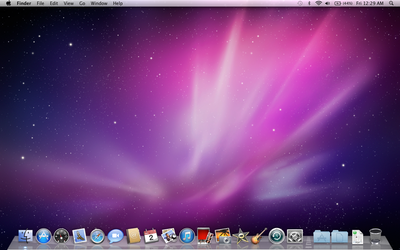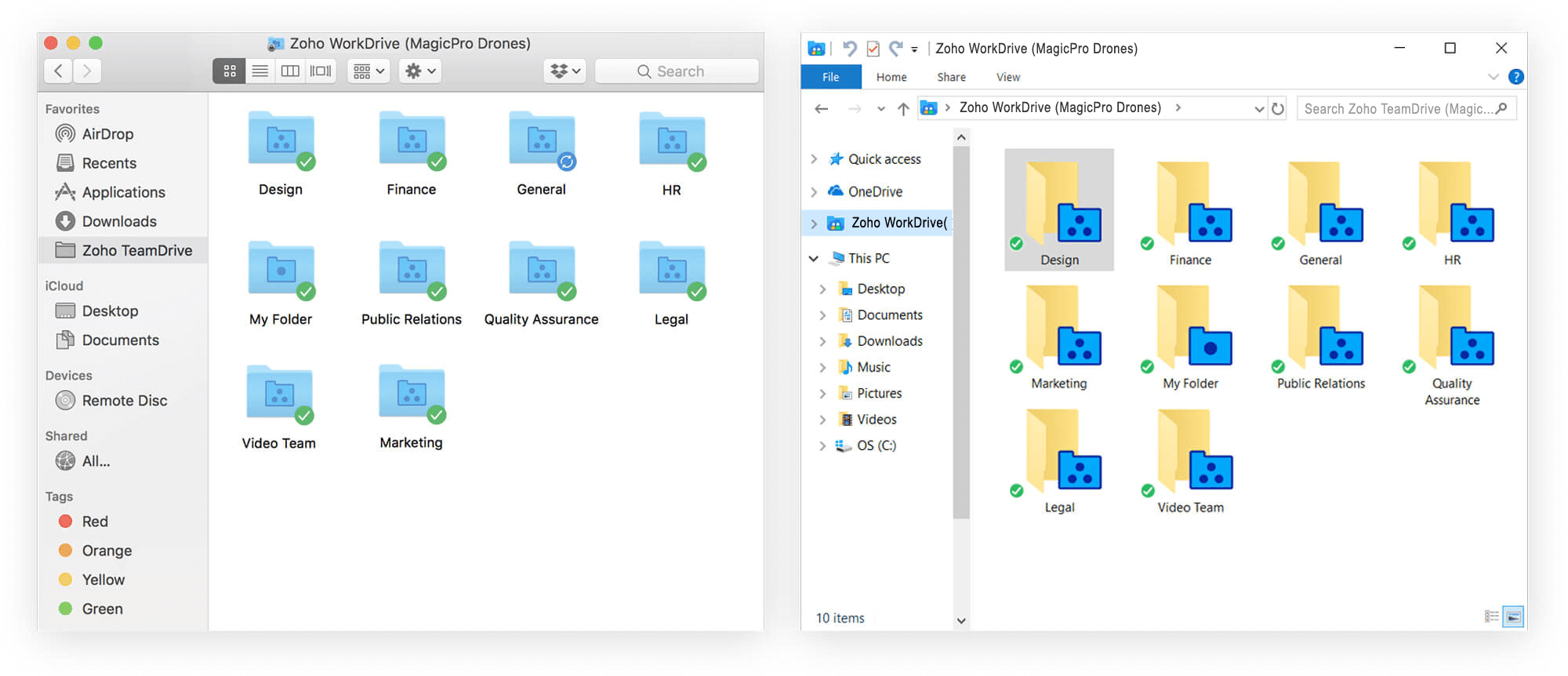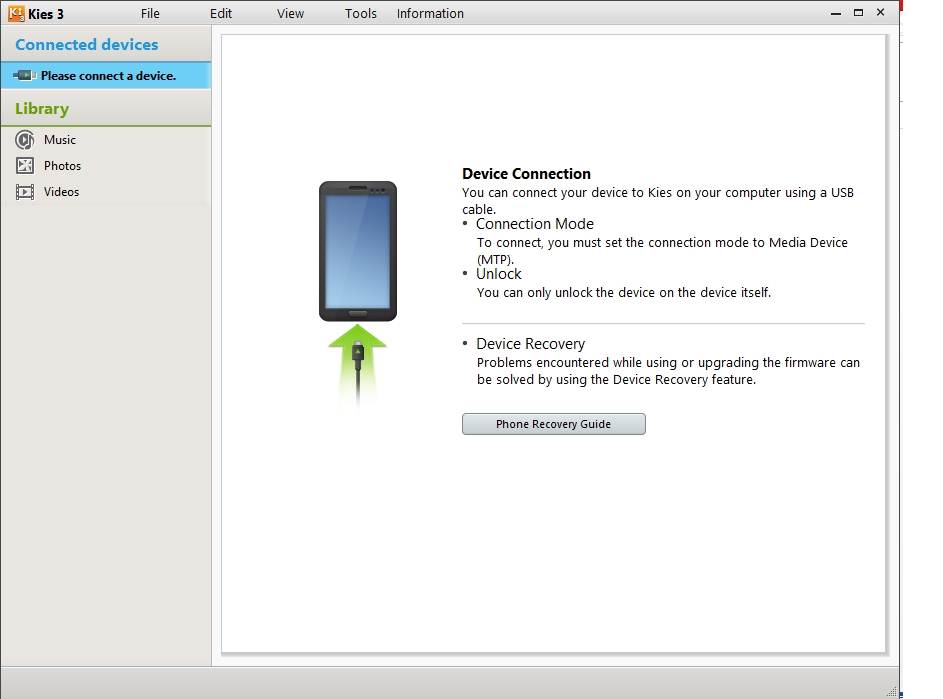Commercial boot managers are very helpful when you are willing to boot more than a single operating system in a while. When you are trying to boot your system, you can look for various easy to use and helpful software in Google by typing boot manager and multi-boot loaders, graphical boot manager, dual boot system, multiboot os software, osl2000 boot manager, multiboot windows, dual boot windows 7 and windows 8 and multiboot windows.
Related:
Multi Boot Manager

This is an advanced multiboot OS software that lets you easily install, boost and manage about 100 independent operating systems within your main system. It has several upgraded features that allows you to have independent versions of Windows as well as copies of the same version of Windows along with the ability to boot them.
zBoot Manager
Commercial boot managers are very helpful when you are willing to boot more than a single operating system in a while. When you are trying to boot your system, you can look for various easy to use and helpful software in Google by typing boot manager and multi-boot loaders, graphical boot manager, dual boot system, multiboot os software, osl2000 boot manager, multiboot windows, dual boot. Start quickly with the most recent versions of Word, Excel, PowerPoint, Outlook, OneNote and OneDrive —combining the familiarity of Office and the unique Mac features you love. Work online or offline, on your own or with others in real time—whatever works for what you’re doing.
This boot managers and multi-boot managers can take care of 8 independent operating systems on a single hard disk along with multiple copies of the same operating system. You can hide as well as un-hide the partitions, share them among operating systems and this multiboot manager supports all versions of Windows published till date.
GAG
By downloading this dual boot system, you can get the distribution itself and the software is ready to be used upon completion of the installation. You are also free to select a preferable language so that you can work more efficiently with this graphical boot manager and when you want, you can also use the mirroring facilities.
Grub2Win
This multiboot software comes with virtually an endless number of features so that you can work with it on Mac or PC platforms effortlessly. You can use the graphical or text-mode boot and auto-detection of EFI boot loaders. It also allows to edit the boot-time manually as well as set boot-time from the given list.
Other Platforms

The multiboot manager are the essential components of the modern desktops and laptops. The software developers are constantly striving to offer the best software for unmatched user experience and easy operation and therefore they have created the multi boot software for separate platforms so that they can be used efficiently.
rEFInd for Mac
The best feature of this multiboot manager is that it allows you to check its performance level through a CD-R or a USB flash drive before you decide to install it. It can support EF1x and UEFI 2x computers where you can directly launch the LINUX 3.3 0 and later versions with the aid of EFI stub loader support.
EasyBCD for Windows

This dual boot system allows you to boot anything be it Linux, Windows, Mac or BSD and you can boot via the USB drives, virtual discs, ISO images and more. You can customize the entries and boot your system virtually from anywhere and protect the system against disaster with the aid of powerful recovery utilities.
Plop Boot Manager – Most Popular
This is an awesome multiboot Windows offering loads of unique features that would help you to rescue data both from software and hardware, service and plan networks, webhosting, domainhosting, software development through Linux and a lot more. It works well on Android, Linux and Windows and therefore you can download and use it easily in your device. You can also see Hard Drive Cloning Software
What is Multi Boot Manager?
Install Mac Os To Pc
Multi Boot Managing software allows you to boot multiple operating systems on your device. The term dual booting manager typically implies that software that allows booting two operating systems within a device. These software are loaded into the main memory of the device from the persistent memory like a hard disk drive. You can also see Data Destruction Software
The multiboot manager then loads as well as executes the procedures that complete the booting process. Generally, the process takes about ten seconds and involves procedures like a power-on-self-test, locating peripheral devices and finally searching, loading and starting the operating system. These second stage boot loaders and managers have become an integral part of any modern smart device.
As you can see, these are top 6 multiboot manager that allows you to boot the operating systems in your device and helps in boosting its performance. With the best tools for each separate platform, it becomes easier for you to select and use them in any preferable language and gives you better control over the booting process.
Related Posts
Windows Migration Assistant transfers your contacts, calendars, email accounts, and more from a PC. It migrates this data to the appropriate places on your Mac. After migrating data to your Mac, authorize your computer for iTunes Store purchases. It’s important to authorize before you sync or play content that you download from the iTunes Store.
If you're migrating from one Mac to another Mac, follow the steps to move your content to a new Mac.
Before you begin

To prepare for a smooth migration:
- Make sure that Windows is up to date. Migration Assistant works with Windows 7 and later.
- Make sure that you know the name and password of an administrator account on your PC.
- Connect your Mac and PC to the same network, such as your home Wi-Fi network. Or connect an Ethernet cable between the ports on your Mac and PC to create a direct network connection. Some Mac models require an Ethernet adapter, such as the Belkin USB-C to Gigabit Ethernet Adapter or Apple Thunderbolt to Gigabit Ethernet Adapter.
- If you're using Microsoft OneDrive on your PC, follow Microsoft's instructions for uninstalling OneDrive before continuing. You can reinstall OneDrive after migration is complete.
Then use the check disk (chkdsk) utility on your PC to make sure that your Windows hard drive doesn’t have any issues:
- Right-click the Start button, then click Run.
- Type
cmdand press Enter. Command Prompt opens. - At the prompt, type
chkdskand press Enter. - If the utility reports that it found problems, type the following, where drive is the letter that represents your Windows startup disk, such as D:
- Press Enter.
- At the prompt, type
Y, then restart your PC. - Repeat this process until the check disk utility reports no issues. If the utility can't fix every issue that it finds, you might need to have your PC serviced. Then migrate your data to your Mac.
Move your data
This section guides you through migration, post-migration, and what to do if the steps don’t work for you.
How to move your information from a PC to your Mac
- On your PC, download and install the appropriate Windows Migration Assistant, based on the version of macOS on your Mac:
- Windows Migration Assistant for macOS Mojave or later
- Windows Migration Assistant for macOS Sierra and High Sierra
- Windows Migration Assistant for OS X El Capitan or earlier
- Quit any open Windows apps.
- Open Windows Migration Assistant, then click Continue.
- Start up your Mac. Setup Assistant automatically opens the first time you turn on your Mac. If you’ve already set up your Mac, open Migration Assistant, which is in the Utilities folder of your Applications folder.
- On your Mac, follow the onscreen prompts until you get to the migration pane of the assistant. Select the option to transfer your information “From a Windows PC,” then click Continue.
- When prompted, enter an administrator name and password.
- Click Continue to close any other open apps.
- In the migration window on your Mac, select your PC from the list of available computers. Then wait for the PC to show the same passcode that your Mac shows.
- When both computers display the same passcode, click Continue on your PC and Mac.
- Your Mac scans the drives on your PC to build a list of information to migrate. When the scan completes, select the information that you want to migrate to your Mac and click Continue. Learn about some of the data that you can transfer.
You can watch the progress and estimated time remaining on both the PC and your Mac. They tell you when migration is complete.
After you move your data
When migration completes, close Windows Migration Assistant on your PC. Then log in to the new user account on your Mac. The first time you log in to a user account migrated from your PC, you’re asked to set a password. You can use the same password that you used on your PC, or create a new password.
After logging in to the user account that you migrated, your computer for iTunes Store purchases. It’s important to authorize before you sync or play content downloaded from the iTunes Store.
If you have issues moving your data
- Quit all open apps on your PC, then try migrating your content again. For example, you can press Alt-Tab to choose an open application, then press Alt-F4 to quit it.
- If your PC doesn't appear in the Setup Assistant or Migration Assistant window on your Mac, make sure the computers are connected to the same network. You can create an network by connecting a single Ethernet cable between your Mac and PC. If that doesn't help, check for firewall software on your PC and turn it off. Firewall software can block network ports needed during migration. After migration completes, you can turn firewall software on again.
- If Migration Assistant doesn’t open on your PC, turn off any antivirus software on your PC. Then try to open Migration Assistant again. After migration completes. You can turn that software on again.
- If you still can't migrate your information successfully, you can use an external drive or file sharing to manually copy important data to your Mac.
What data can I transfer?
Migration Assistant lets you choose the data to move to your Mac. Here’s what moves over for specific apps and data types:
Pc Share Manager For Mac Os High Sierra
Email, contacts, and calendar information
Email messages, email-account settings, contacts, and appointments move based on which version of Windows you're using and which accounts you have.
Outlook1
Data from 32-bit versions of Outlook in Windows 7 and later move as follows:
- People move to Contacts2
- Appointments move to the Calendar app
- IMAP and Exchange settings and messages move to the Mail app
- POP settings and messages move to Mail2
Mac Os For Pc Iso
Windows Live Mail
Data from Windows Live Mail in Windows 7 and later moves as follows:
- IMAP settings and messages move to Mail
- POP settings and messages move to Mail2
Windows Mail
Data from Windows Mail in Windows 7 and later (excluding Windows 8) move as follows:
- IMAP settings and messages move to Mail
- POP settings and messages move to Mail2
- People move to Contacts
Bookmarks
Bookmarks from Internet Explorer, Safari for Windows, and Firefox move to Safari.
System settings
Language and location settings, and custom desktop pictures move to System Preferences. Your web browser homepage moves to Safari preferences.
Pictures
Photos and other images move to your home folder. You can then add them to Photos, or open Photos and let it search your Mac for photos to import.
iTunes content
Migration Assistant transfers your iTunes media as follows: music to the Apple Music app, videos to the Apple TV app, podcasts to the Apple Podcasts app, and audiobooks to the Apple Books app. What happened to iTunes?
Other files
Migration Assistant also moves these files:
- Files from the top-level folder of the currently logged-in user’s home directory
- Non-system files located in the Windows or Program Files folders
- Top-level folders located on the Windows system disk and other attached disks

1. Migration Assistant doesn’t support 64-bit versions of Outlook. You can manually migrate Mail, Contacts, or Calendars from Outlook 2013 or Outlook 2016 by signing in and entering the content on your Mac manually.
Pc Share Manager For Mac Os 10.10
2. Migration Assistant transfers only the Mail or Contacts data that belongs to the logged-in Windows user. To transfer data from another user account, use Migration Assistant again while you’re logged in to another Windows account. Each time you migrate, your Mac creates a new user account.